Where Circus and Metamodernism Meet: Practice in a Dawning Era
Broad trends in Western society and culture have been given big names over the last couple of hundred years. Modernism… Postmodernism… Now, philosophers and cultural theorists are talking about our current era as an emergent metamodernism. How does circus sit within this cultural shift? What does it even mean? Circus writer and researcher Katharine Kavanagh introduces some developing explorations of how circus and the metamodern cultural phenomenon meet, based on a recent symposium that addressed the subject.
Circus has historically been at the vanguard of many cultural shifts, exposing members of the public to emerging technologies, ideas and possibilities through its travelling productions. It seems apt that, as we move further into the 21st Century, the growing structure of feeling within Western societies is also addressed within the circus field. Cultural scholars in Europe and North America have termed our burgeoning era as metamodern. Just as Modernity was followed by Postmodernity in the last century, now Postmodernity is making way for Metamodernity. Metamodernism was first given scholarly attention in the field of literature studies, but it is now recognised across the range of visual and performing arts. The characteristics of metamodern art include both the utopian optimistic constructivism of modernity and the infinite ironic deconstruction of postmodernism. What had been considered as binary poles are now conceptualised as positions on a shared continuum, that can be braided together or - as is more commonly conceptualised - swung between, like a needle bouncing back and forwards on a dial.
The 'meta' of metamodernism means ‘between’ (from the Greek ‘metaxis’), and metamodern culture bounces between elements previously associated with only one or the other former distinct paradigms. If this broad explanation sounds too vague, then a quote from influential theorists Timotheus Vermeulen and Robin Van Den Akker might help clarify. To them, metamodernism “oscillates between a modern enthusiasm and a postmodern irony, between hope and melancholy, between naïveté and knowingness, empathy and apathy, unity and plurality, totality and fragmentation, purity and ambiguity”1. Another way of looking at this, which may apply particularly well in circus contexts, is oscillation between alienation and affect: between the otherworldly spectacle and the human connection.
On 26th May 2023, the world’s first symposium on The Metamodern Circus was held in Cardiff, Wales, funded by the AHRC South West and Wales Doctoral Training Partnership, ESRC Wales Doctoral Training Partnership, and Cardiff University Doctoral Academy, in partnership with The Circus Diaries.
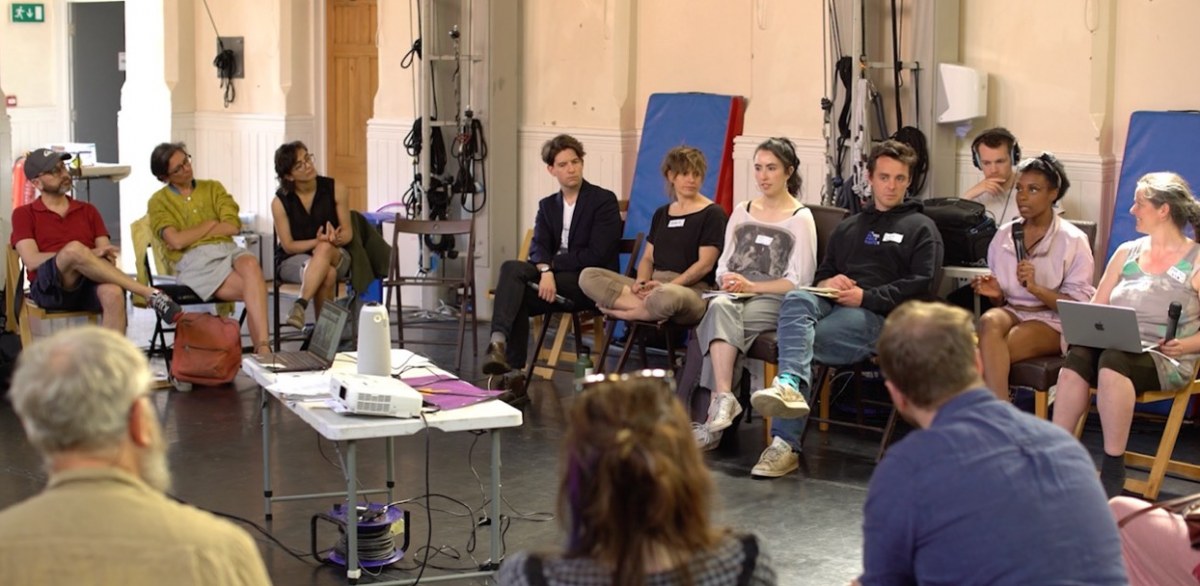
The Metamodern Circus symposium was hosted by Thom Hamer and myself– both Doctoral researchers at Cardiff University - with the intention of bringing together academics, circus practitioners, and interested members of the public to explore how these philosophical ideas and physical practices combine in circus work today.
As a new way of thinking about circus practice, metamodernism currently offers many ways in to understand the work that’s being created today and the way it’s received by contemporary audiences. It does not offer a handy list of check boxes that will determine if something definitively is or isn’t metamodern. But that is part of its charm. Within metamodern thought, the notion of paradox gives way to a ‘both-and’ thinking, where two seemingly incompatible ideas are simultaneously held in a way that neither cancels the other out, but instead they combine in newly generative ways. The paradox of trying to distance our human selves from a human-centred perspective on the universe is a growing theme amongst practitioners in all walks of life, and circus is no different.
Metamodernism seems to involve a stepping back that allows us to take in both macro and micro perspectives on complex subjects. In writing, this reads pretty dry and academic. But, in practice, there is always both humour and warmth involved.
Valentina Solari, a foot-juggler and trapeze artist from Chile who is currently based in the UK, explores Post-Humanist theory and Critical Plant Studies through her performance and research practice of Plant-Juggling. She attempts to duet with living plants in a way that acknowledges and respects them as more than inanimate props. The sincerity of trying to understand and facilitate the will of a plant – or any non-human performance partner – with the ironic knowledge that this can never be possible gives us a practical experience of the metamodern sensibility.
Metamodern practices can also be observed in the growing number of companies in the European circus field that reject the conventions of theatre-based performance that have been established in the work of circus school graduates over the past 30 years, and of the classical tenting productions embedded through the mid-to-late 20th Century. Instead, these new companies combine elements of both practices, creating shows that entertain the general public while providing food for thought through example and pop-cultural reference.
The Revel Puck Circus from the UK are one such company. They perform in their own big top, presenting spectacular acts in a variety format that are rooted in a deep desire to reveal the human condition and create positive long-term change. With a background in conventional circus school training, the company have sought practical advice from established tenting circus organisations to develop their skills in big top production and marketing to audiences who are not traditional arts-goers. They are powered by a drive for artistic community and democracy in the face of bureaucratic funding systems and a dominating, insular arts industry. Similar approaches and value systems can be seen in the work of companies such as Circus I Love You, Cirque La Compagnie, Collectif Malunés, Cirque Pardi!, Station Circus and Zirkus FahrAway.
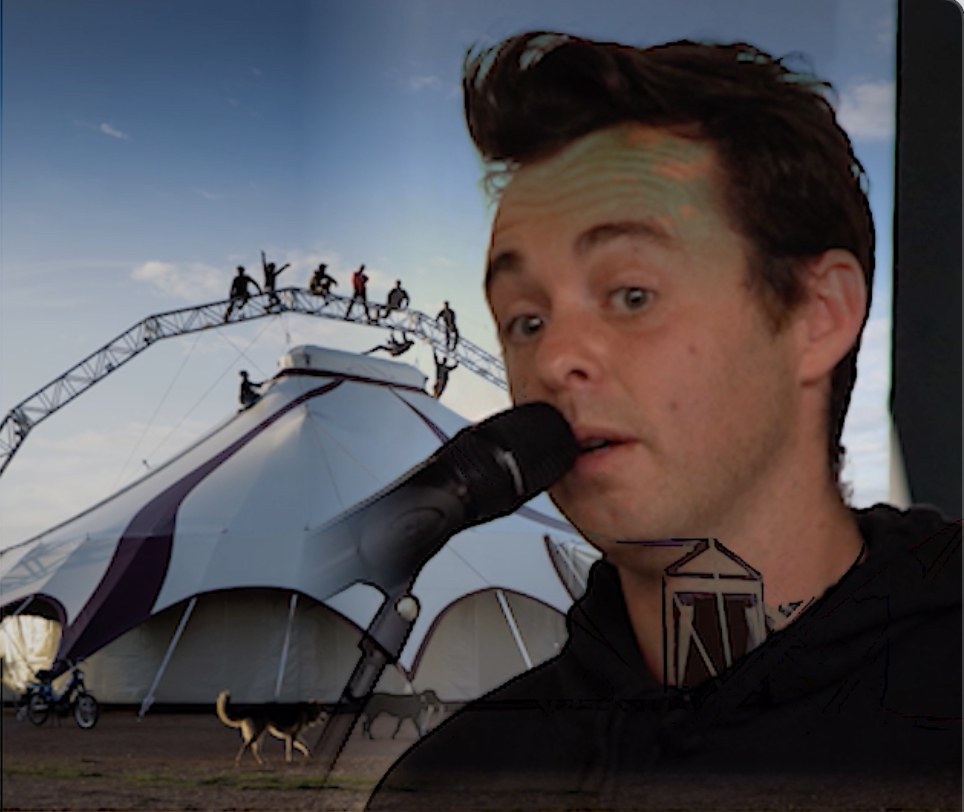
Dr Tom Drayton, from the University of East London, characterises metamodern performance practices as a reaction to the multiple dooms of climate emergency, financial crashes, and increasingly extremist politics faced by the Millennial generation as they emerged into adulthood. Metamodern circus acknowledges that there is awfulness in the world and neither tries to hide nor give in to it. In Tom’s words, it “offers connection, affect and hope through, within and between disconnection, disaffection and hopelessness”.
Besides all this positivity, however, there is an important question of danger behind metamodernism’s ‘both-and’ thinking that should be considered. The sort of having-your-cake-and-eating-it version that can allow extremist viewpoints to masquerade as ‘just jokes’ and lead to treacherous paths of radicalisation. Let’s not forget, though, that one of the most powerful tools in the circus artist’s arsenal has always been the presentation of risk – illustrating the human capacity to overcome dangerous situations through skilled technique. I am excited to discover how performers will address this new danger in their work over the next few years.
An exploration of how ‘both-and circus’ could change the world - in the face of increasingly polarised politics and oppositional dissent - is part of the agenda for an upcoming seminar at the New Horizons Summit in Lund, Sweden, this December. New Horizons, produced by the networking platform Cirkus Syd, is a programme of workshops, performances and talks for people interested in the future of circus. During the seminar, we’ll think about various findings from The Metamodern Circus symposium, combining them with elements of my own PhD research into how the value of circus audience experience is represented in the UK to unpick some of the implications for this new paradigm.
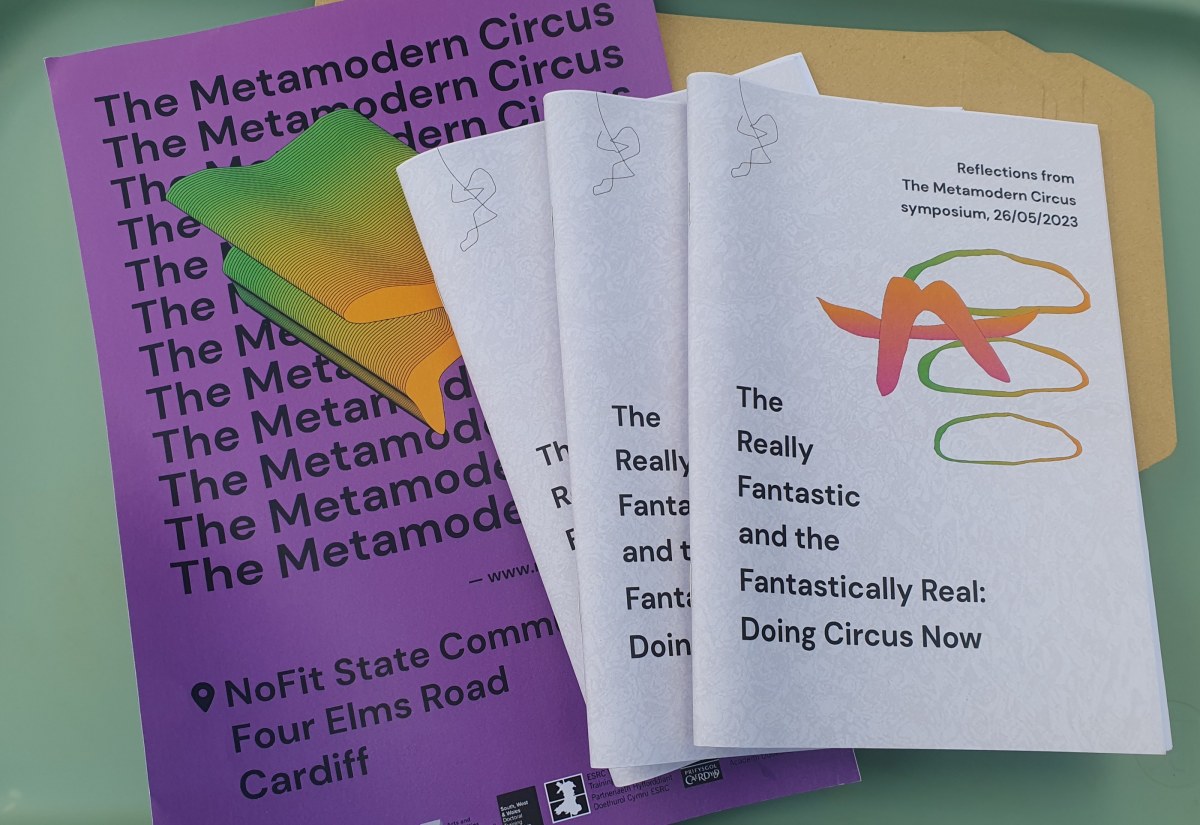
One of the key ways of ‘both-and’ thinking about circus in the 21st Century is to recognise it as both Really Fantastic and Fantastically Real, as reflected in the title of a new booklet created by participants of the symposium day.
For creators who are working in ways that resonate with this article, it can be helpful to feel connected to a larger trend in culture and society that begins to explain some of the apparent contradictions co-existing in metamodern work. For producers and programmers, it can be valuable to recognise some shared language that can be used to identify and discuss these trends. For academics, this new trajectory for exploring circus promises to be exciting and fruitful. And for everyone living in the 21st Century, a new way of understanding the world around us can help ease some of our postmodern anxieties and leave us with a more hopeful outlook for the future.

Katharine Kavanagh is a specialist circus writer who is currently completing a PhD in linguistic representations of UK circus audience experience at Cardiff University in Wales. She founded the online platform The Circus Diaries in 2013, and teaches courses in circus review and analysis, both at circus schools and independently. As a freelancer, she also works on building funding applications and evaluation reports, creating audio description, and raising the profile of the 21st-century circus wherever possible.
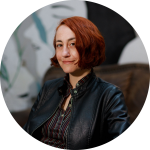
Valentina Barone is a freelance cultural manager and editor specialising in the contemporary circus and live performance sector. Since 2021, she has been Director of International Relations at the CircusDanceFestival in Cologne (Germany). She holds a BA in Performing Arts Techniques and a Master's degree in Relationship Design. She works with the international network Circostrada (France) and is an active member of the Cirkus Syd' Circus Thinkers Platform (Sweden). Valentina is the coordinator of the international digital platform Around About Circus.



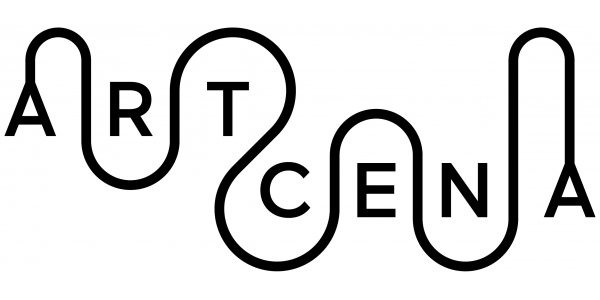

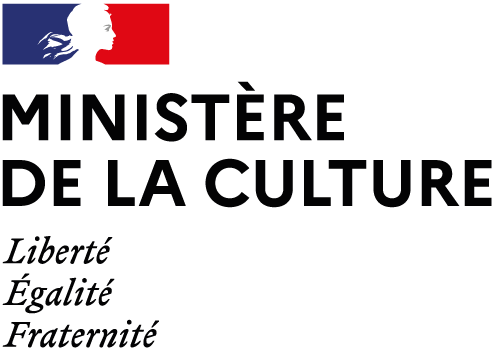
write us: infocircostrada@artcena.fr